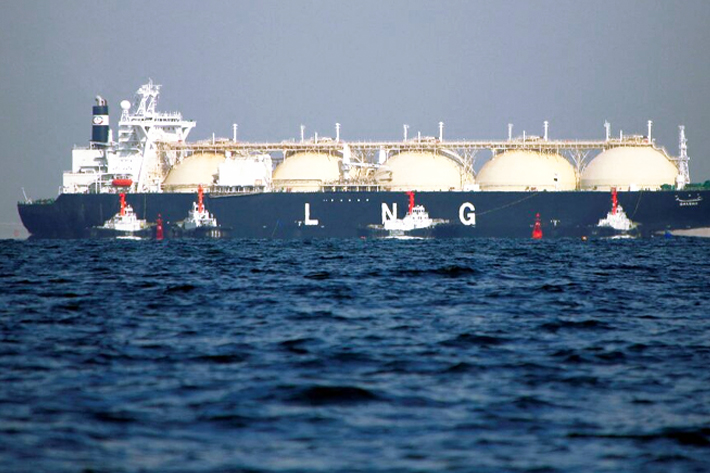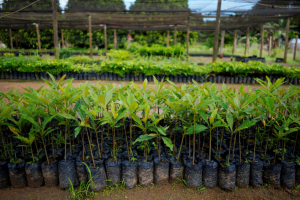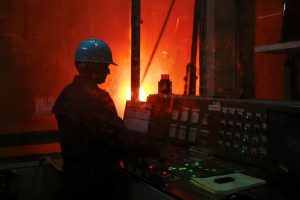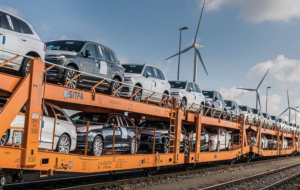Liquefied natural gas has left a greenhouse gas footprint a third-larger than coal over the last two decades, a new Cornell study says.
The methane and carbon dioxide emissions released during the extraction of LNG, and also during its processing, transportation and storage, account for approximately half of its total greenhouse gas footprint, a report in the Cornell Chronicle revealed.
“Natural gas and shale gas are all bad for the climate. Liquefied natural gas is worse,” said Robert Howarth, author of the study and the David R Atkinson Professor of Ecology and Environmental Biology in the College of Agriculture and Life Sciences.
“LNG is made from shale gas, and to make it you must supercool it to liquid form and then transport it to market in large tankers. That takes energy.”
The liquefication process – where the extracted natural gas, mostly produced from shale, is super-cooled to minus 260 degrees Fahrenheit – makes LNG easier to transport on tanker ships, the report continued, but its transportation comes at a significant environmental cost.
Read the full story: The Cornell Chronicle
- By Sean O’Meara
Also on AF:
China Oil, Gas Giants Accused of ‘Greenwashing’ LNG Purchases
China Settles First LNG Trade in Yuan in Latest Hit to Dollar
Forest Fires a Double Whammy for Climate Change Fight – Guardian
China Ramps up LNG Investment to Avoid Power Shortages – SCMP























